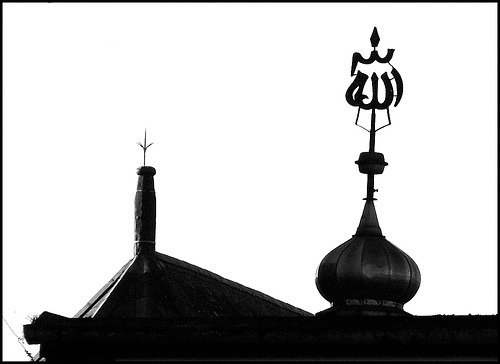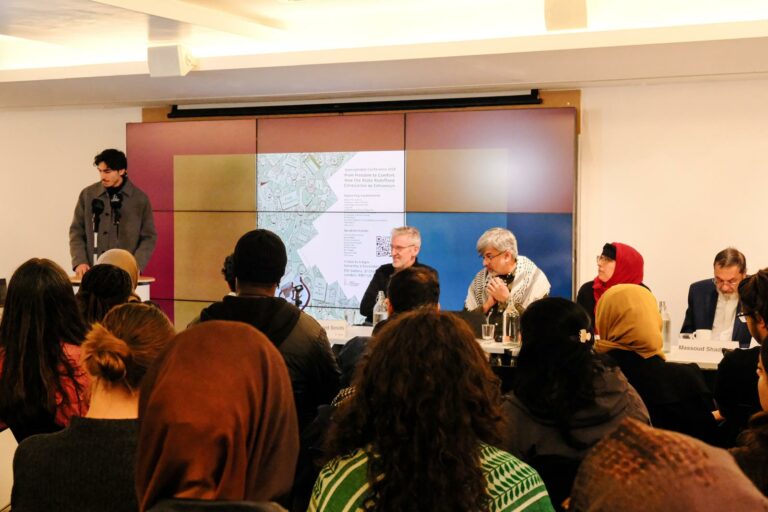Towards the end of 1998, we decided to survey the extent of the problem, and devised a questionnaire to be distributed among the Muslim community.
That questionnaire was distributed at the end of 1998 / beginning of 1999 and again at the end of 1999 / beginning of 2000.
This report presents the results of analysing the returned questionnaires in 1999, and again in 2000, together with supporting information and case studies that illustrate the nature, extent and effects of anti-Muslim discrimination and hostility in the fields of education, employment and the media.
Finally, the report outlines the shortcomings of the existing legal system, the prospects for improvement when the 1998 Human Rights Act comes into force, and additional changes to the law that are needed to address the problem fully.
Download the report here.
Summary of findings:
Unsolicited questionnaires forming part of the Islamic Human Rights Commission’s (IHRC’s) fund-raising leaflet, were distributed in Ramadaan 1419 A.H. (Dec1998-Jan1999 C.E.) and 1420 A.H. (Dec1999-Jan2000 C.E.).
As well as the questions dealt with in this report, and prior to them on the questionnaire, there were sections relating to the work of the IHRC and to its priorities. Those other questions served as the main motivators for completing the questionnaire. Respondents were asked “Have you or a member of your immediate family experienced discrimination or hostility just for being a Muslim”. ·
In 1999, the respondents averaged about 34 years old. In 2000, the respondents averaged about 31 years old; · In 1999, 59% of respondents were male and 40% female. In 2000, the male respondents had dropped to 46% with the females increasing to 53%;
· In 1999, 53% of respondents were married and 34% unmarried. In 2000, only 35% of respondents were married and 60% unmarried;
· In 1999, 52% of respondents had children and 38% did not. In 2000, only 30% of respondents had children and 64% did not;
· In 1999, about 60% of respondents had been educated to degree level or higher. In 2000, about 70% had been educated to degree level or higher;
· In 1999, about 50% of respondents indicated that they were professionals (in business, education, health, the law, the media, etc.). A further 25% indicated that they are studying for a degree or for a professional qualification. In 2000, the proportion of professionals had fallen to about 40%, with students increasing to 41%. Analysis of the responses reveals the following:
· In 1999, 35% of respondents reported that either they have personal experience of discrimination or hostility specifically for being a Muslim, or they have a member of their immediate family who has had such an experience. In 2000, this had risen to 45%. The level of respondents who answered yes is undoubtedly significant, and, notwithstanding the dangers of extrapolation, indicates tens of thousands – or even hundreds of thousands – of cases of discrimination and/or hostility against Muslims each year; · When gender is taken into account, the proportions change significantly.
In 1999, only 25% of males, but 49% of females, reported discrimination or hostility. In 2000, 36% of males, but 51% of females, reported discrimination or hostility. This suggests strongly that gender is a significant factor in experiencing discrimination or hostility just for being a Muslim, that Muslim women and girls are bearing the brunt of it, but that the situation is worsening for the males also; · When age is taken into account, the results suggest strongly that age is a significant factor in experiencing discrimination or hostility just for being a Muslim, and that up to the age of about 50, the probability is about 45%, but thereafter it reduces to about 20%; · When gender is taken into account as well as age, the pattern becomes clear:
1n 1999, 37% of males and 47% of females born in the 1970’s or 1980’s reported






